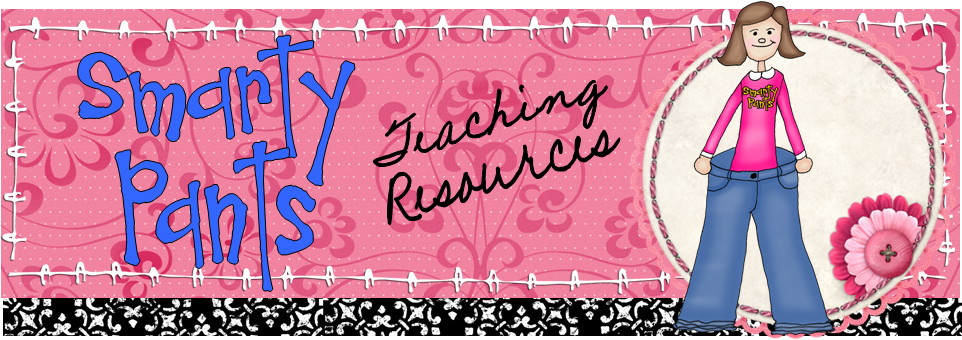Are ordered pairs, A.K.A. coordinate graphing or cartesian graphing, a part of your math curriculum? Here are 5 quick tips for teaching this fun topic!
1. Give your kids a mnemonic device to remember the order.
What's the hardest part about ordered pairs? The most common mistake kids make is confusing which number is the X-axis and which is the Y-axis. Two memory tricks that have worked for my students are: the airplane has to go forward before it can go up, and the O in Over comes before the U in Up in the alphabet.
2. Make it fun.
Incorporate fun graphs that allow students to practice the skills while making pictures. I always liked to use seasonal ones. No matter when you teach graphing, you can find seasonal graph activities to match in my Teachers Pay Teachers store. Check out these options for Halloween, Thanksgiving, winter, Christmas, MLK Day, Valentines, St. Patrick's Day, and summer. (There's also a bundle of 5 of these activities available for less than if you purchased them separately.) It's also fun to incorporate mascots. Don't forget to pull out the Battleship games! You can also include a Spelling Battleship activity to tie in literacy. Just use large graph paper (say, 0.5 inch grid) and have students "hide" their spelling words in the grid. They can then get with a partner and play Battleship the traditional way.
3. Start simple.
Begin with easy graphs that require only a few points connected in a simple outline. My free bat ordered pairs activity is an example, as is my summer ice cream activity and my simple shamrock.
4. Gradually progress to more complicated designs.
This is a no-brainer. Just do what you do every day: gauge your students' readiness and move along at an appropriate pace.
5. Revisit the topic throughout the year to keep it fresh.
Come back to coordinate graphing occasionally throughout the school year to help students remember what they have learned. A simple practice activity thrown in for homework every couple of months should do the trick. Alternatively, I always had a "Puzzles Folder" in my classroom containing activities students could work on independently for fun when other work was complete. I always kept a few coordinate graphing practice activities in there. Since they form a recognizable picture, they are pretty much self-checking, too.
What are your favorite ideas for coordinate graphing?

No comments:
Post a Comment